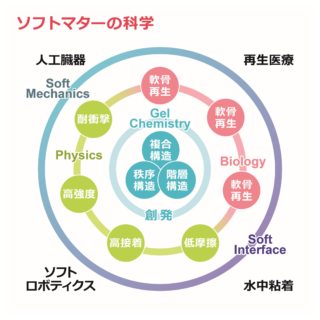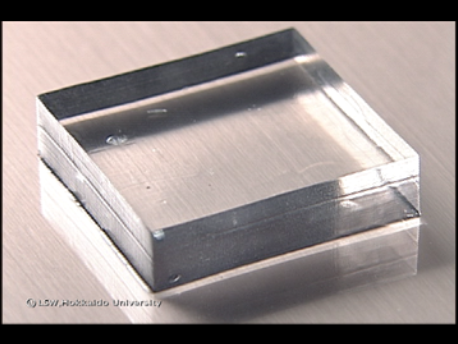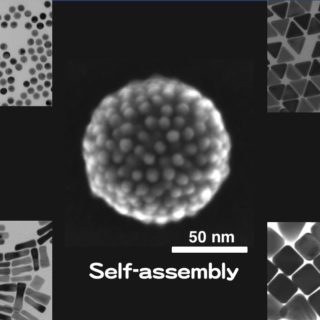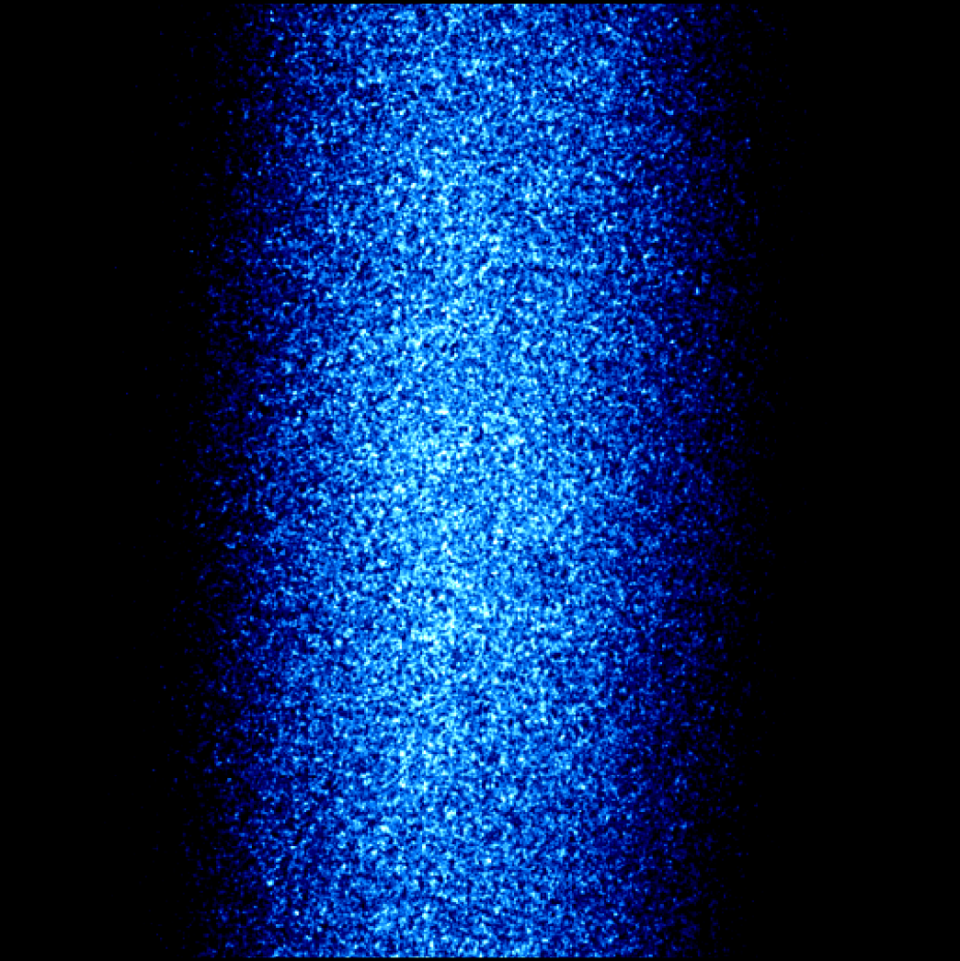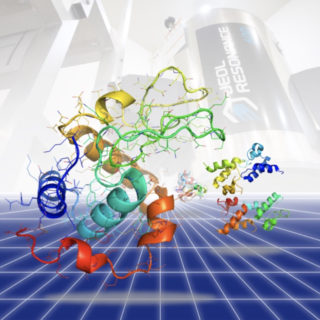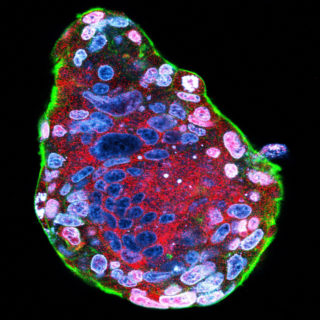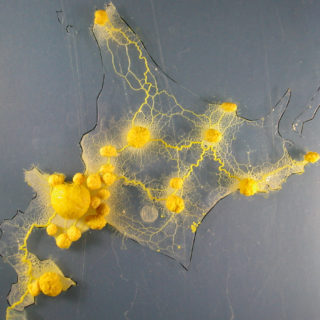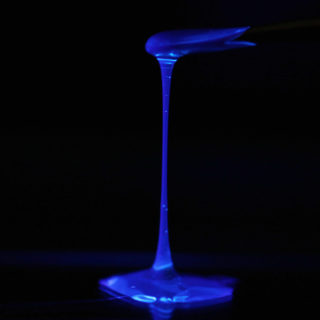The Division of Soft Matter offers both a Master’s and Doctoral course that provide systematic education on basic knowledge related to scientific research of soft matter (physics, chemistry, biology) and its applied sciences (material science, life molecular science, biophysics, medicinal chemistry, and functional science) for students who lead researches and development of soft matter globally.
Soft matter is a general term for soft substances such as polymers, gels, biological materials, etc. Soft matter has many interesting behaviors and functions that so-called hard matter, such as metals and ceramics, do not have. Interesting behaviors arise from soft matter in ways that cannot be predicted or are difficult to predict, directly from its atomic or molecular constituents. This is often because soft matter self-organizes into mesoscopic structures that are much larger than the microscopic scale, and yet are much smaller than the macroscopic scale of the substance. The properties and interactions of these mesoscopic structures may determine the macroscopic behavior of the substance.
Soft matter is getting great attention as a growing field in the 21st century where there is a possibility of inventing brand new soft matter materials for various applications, from artificial tissues in the biomedical field to super-tough rubbers in industry.
Soft Matter Materials Science
In this field, we aim to create new soft matter with a flexible, dynamic hierarchical structure, and discover unprecedented functions by understanding the advanced hierarchical structure and its functional principles from the molecular level up to the individual organism level in biological systems. In addition, we aim to actively cooperate with different fields, including the medical field, to develop high-performance soft matter suitable for specific applications.
Biomolecular Soft Matter
Biopolymers such as proteins, peptides, and DNA are representatives of soft matter. For example, soft structural changes of polymer chains such as protein folding and dynamics are closely related to their functions. It is expected that this analysis is crucial not only for the understanding of natural soft matter but also for the creation of new types of soft matter. In this education field, we analyze biomacromolecules using various spectroscopic methods centered on NMR spectroscopy, essential for molecular structure and dynamics research, and train researchers specializing in molecular design.
Soft Matter Biophysics
Understanding biological phenomena such as movement, proliferation, and morphogenesis of the cell, tissue, and individual is indispensable not only in biology but also in biochemistry, physics, and mathematics. While studying soft matter in the field of biophysics, we aim to elucidate the universal principle behind diverse life phenomena by making full use of physics and mathematics. Specifically, cooperative movements and three-dimensional morphogenesis of cell populations, animal behavioral studies of ameba and ciliates, mechanical functions and network formation of herbaceous trees, etc. are studied. Our aim is to raise the next generation of researchers in the interdisciplinary fields of biophysics and mathematical biology.
Soft Matter Medical Science
Students acquire basic knowledge necessary for the clinical application of soft matter, such as macromolecule synthesis hydrogels by applying skills in biochemistry, molecular cell biology, and pathological analysis for studying physiological activities and biological reactions of soft matter materials. In this field, we aim to raise personnel capable of interdisciplinary thinking and research that combines material science and medicine. In addition, by carrying out animal experiments and clinical research, we will work in a position to bridge our research towards clinical application, which will allow powerful development of soft matter materials in practical clinical applications.
(Cooperative Education) Functional Soft Matter
This field aims to develop functional molecular and polymeric ultimate-soft matters such as optoelectronically-active liquids, ionic liquids, and block copolymers. These functional soft matters are designed and synthesized towards applications in wearable-, stretchable- sensor, actuator, and polymer-gels based cell culture scaffold materials. National Institute for Materials Science is the location to conduct their experiments and offers students to have multidisciplinary collaborations with metals, inorganic, medical materials fields and advanced nanotechnologies as well as informatics.
